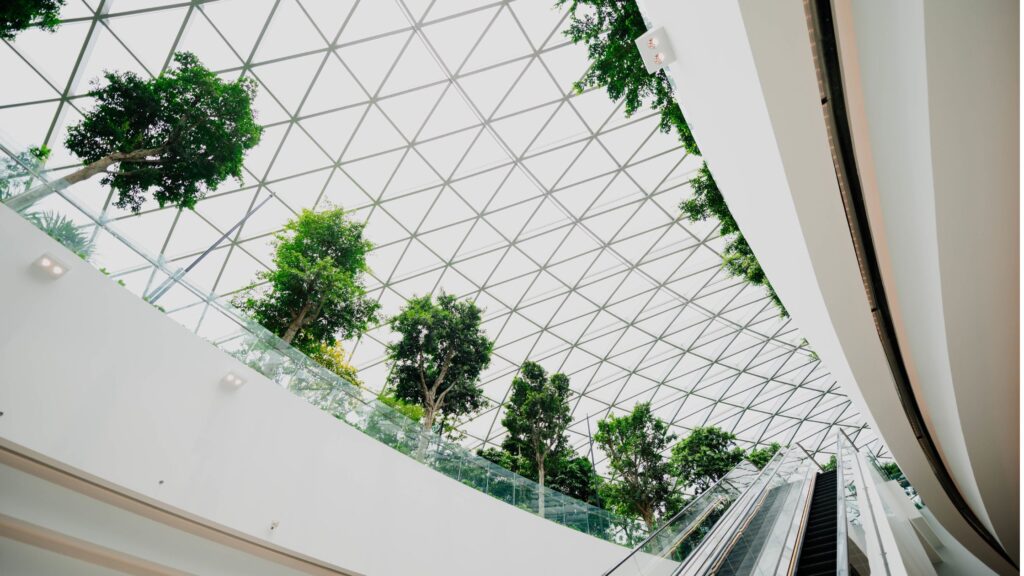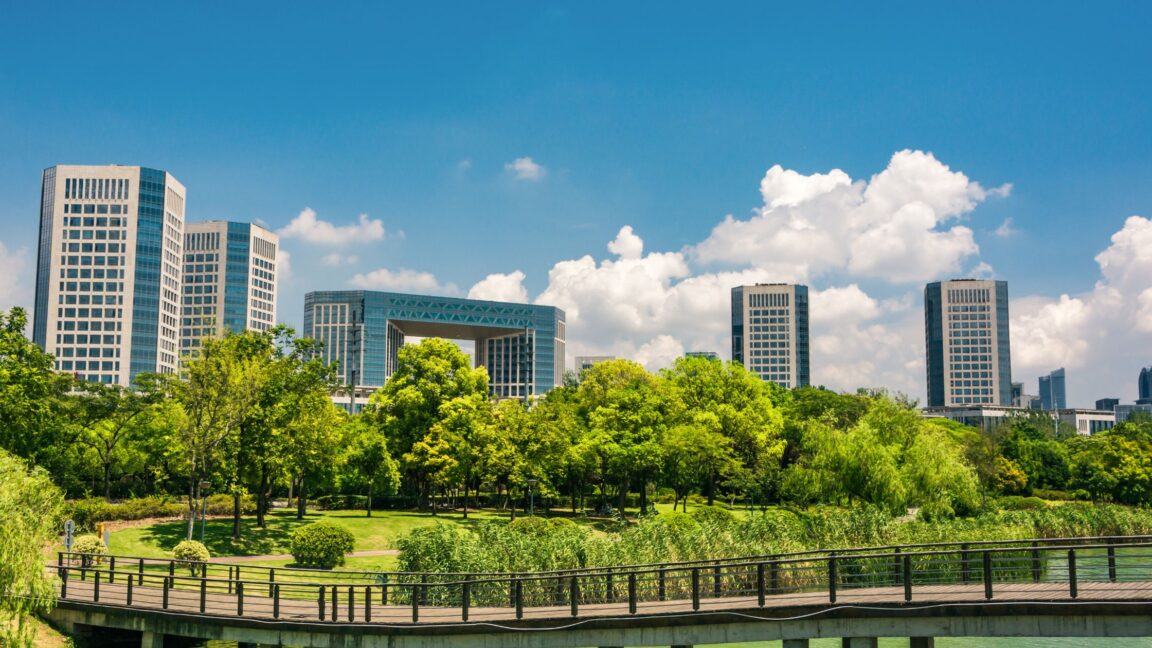Living walls make the lifeless walls of concrete breathe fresh air. They are beautiful and bring a more natural feel to city walls. These walls are not just for putting on a show, but they play a more important role. They can help reduce greenhouse gases and power consumption. Let’s get into this blog to understand what is the future of urban greenery.
What Are Living Or Green Walls?
Walls covered with plants and natural life are known as living walls. It is a modern interior feature that brings more natural life into concrete structures. It makes the building look alive and aesthetically pleasing.
A workplace filled with green walls helps reduce stress resulting in improved productivity. This way, the living walls create a natural aesthetic and soothe the people living or working there. Nowadays, these green walls are becoming part of modern sustainable construction.
Green Walls’ Impact On Climate
The world population is increasing every day. This means we will need more resources and land to fulfill the demands of the increasing population. Also, people are migrating to cities in search of work and better life. This means living and working in big lifeless concrete structures. Eventually, this increases carbon emissions and pollution in the cities.
Green walls are one of the best ways to incorporate more natural life in cities. Imagine walking through your city where all the walls of buildings are covered with greenery. Indeed it will be a pleasant view to look at.
What’s The Role Of Living Walls?
Living walls are not the solution to urban climate problems. But they can play a crucial role in sustainable building structures. These walls can help reduce noise pollution, improve air quality, and more.
Lungs Of Cities
If there are more plants in the city, it will improve the air quality. As cities get denser every day, it is hard to plant big trees around. Also, the continuous construction is destroying biodiversity in the cities.
With living walls, we can try to reduce the damage that already has happened. Though the reach of these plants will be limited. They can improve the air quality inside the building they are placed in. This means we need to incorporate living walls in more buildings.
Energy Use
Commercial buildings are one of the largest power consumers. When the summer heat hits the buildings, the use of air conditioning increases. It not only leads to more power consumption but impacts climate change as well.
Green walls create microclimates inside the buildings and improve the urban environment. It helps regulate the temperature inside the buildings and decreases power consumption.
The temperature in urban areas is usually high compared to rural. It happens because the heat produced by human activities is trapped in narrow structures and roads. This is why people have to use cooling systems more and consume more fossil fuels and electricity. But green walls help reduce this heat. Also, in winter, the green walls can insulate the concrete structures and reduce heating demands.
Renovating Buildings
Renovating buildings is a big challenge in urban areas, especially the ones that are very old. Demolition of the buildings leads to waste material and affects air quality. But with the help of green living walls, these buildings are brought back to life. It ends with many challenges that are occurring in the building. It includes excessive power consumption, heating, and cooling. Also, after the restoration process, it is easy to sustain these structures. This way, the life of an old building can be extended for a very long time. But if the building has some foundation and structural issues, then living walls are not the solution. These walls can help reduce power consumption, create a microclimate, and improve aesthetics.

What Are The Different Types Of Living Walls?
There are many types of green living walls. This includes live plant walls, moss walls, artificial green walls, green facades, hanging gardens, and more. Green walls like moss and artificial green walls are used to improve the aesthetics of the buildings. They don’t play any role in climate control or reducing power consumption. The one benefit that these walls provide is psychological. It helps the people working in the building be more productive and stay calm.
On the other hand, the walls like live plant walls, green facades, and hanging gardens help create a microclimate in the buildings. Let’s have a better understanding of these green living walls.
Face-Supported Green Walls
To install these walls, you need steel, plastic, or wood trellises that will be attached to building facades. Usually, in these structures, climbing plants and vines are used. The vines climb up with the help of the support structure and cover the entire wall.
Stepped Terraces
As the name suggests, stepped terrace green walls are like terrace farming. Live plants occupy the terrace of the buildings. The entire structure is covered with live plants. The plants are arranged in trays that go on the terrace and gallery areas of the buildings. This structure is aesthetically pleasing, and the entire structure looks like a garden. These green walls usually go on buildings that are already planned to have stepped terraces.
Stepped terraces living walls are part of sustainable structure development. Many developed nations are incorporating this greenery in new infrastructures.
Common Issues With Green Living Walls?
Some issues can arise if you don’t choose the right plants, irrigation system, etc. Let’s have a look at these points to understand better.
- If you choose incorrect types of plants, then they can cause problems in the building. Plants might die and cause pest infestations. So choosing the right plants is very necessary. Choose plants that require less maintenance. Also, plants that can grow in less sunlight should be the first choice unless you have a better budget for maintenance.
- Live plants need water to stay alive and healthy. You can’t water vertically placed plants manually; it will create a big mess. To solve this issue, you need a proper irrigation system. The system will ensure each plant is getting water adequately.
- One thing that you can’t avoid is maintenance. When you place live plants in the building, they need extra care. Maintenance includes pruning, cleaning, scouting, and more. Regular inspection of the plants will ensure that there is no seasonal fluctuation in the plants.

Conclusion
Living or green walls are an innovative way to incorporate more natural life into concrete structures. It helps create a microclimate in urban areas where planting big trees is not possible. The living walls reduce power consumption and create a calm working space. Buildings with more greenery are relaxing and help people increase their productivity. This way, we can say that living walls are the future of urban greenery.




GIPHY App Key not set. Please check settings